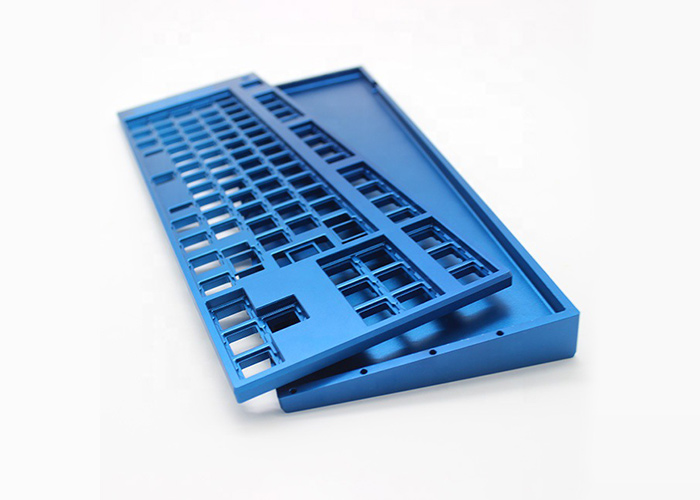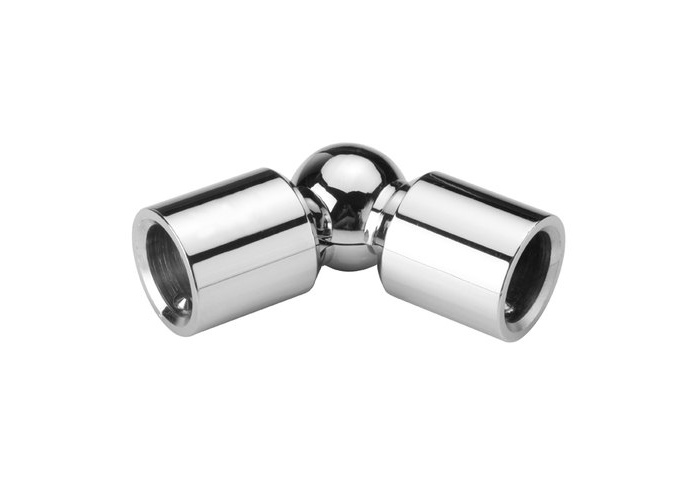Factors Affecting Surface Finish
The surface finish of a product is influenced by a variety of factors, including:
- Manufacturing Process: The chosen manufacturing process, such as milling, turning, or grinding, can have a significant impact on the resulting surface finish.
- Tool Selection: The type, geometry, and condition of the cutting tools or abrasives used in the manufacturing process can affect the surface finish.
- Workpiece Material: The properties of the material being machined, such as hardness, ductility, and microstructure, can influence the achievable surface finish.
- Cutting Parameters: Factors like feed rate, depth of cut, and spindle speed can all impact the surface finish of the final product.
- Workpiece Clamping and Fixturing: Proper workpiece clamping and fixturing can help minimize vibrations and other factors that can negatively affect surface finish.
- Environmental Conditions: Factors such as temperature, humidity, and cleanliness of the manufacturing environment can also play a role in the achieved surface finish.
Understanding these factors and how they interact can help you make informed decisions about the surface finish requirements for your products and the appropriate manufacturing processes to achieve them.

Surface Finish Symbols
In the manufacturing industry, surface finish is often communicated using standardized symbols and abbreviations. Some of the most commonly used surface finish symbols and their meanings include:
|
Symbol |
Meaning |
|
Ra |
Average Roughness |
|
Rz |
Average Peak-to-Valley Height |
|
Rq |
Root Mean Square Roughness |
|
RMS |
Root Mean Square Roughness |
|
CLA |
Center Line Average |
|
AA |
Arithmetic Average |
|
Ry |
Maximum Peak-to-Valley Height |
|
Rt |
Total Peak-to-Valley Height |

The Role of Roughness Measurements in Surface Finish
Roughness measurements play a critical role in understanding and evaluating the surface finish of a product. These measurements provide quantitative data on the surface profile, allowing manufacturers to assess the quality and consistency of the finish.
Some of the most common roughness measurements used in surface finish evaluation include:
Ra (Average Roughness): Ra is the arithmetic average of the absolute values of the profile deviations from the mean line.
Rz (Average Peak-to-Valley Height): Rz is the average of the absolute values of the peak-to-valley heights of five consecutive sampling lengths.
Rq (Root Mean Square Roughness): Rq is the root mean square of the profile deviations from the mean line.
By understanding these roughness measurements and how they relate to the surface finish, manufacturers can make more informed decisions about the appropriate manufacturing processes and quality control measures to ensure the desired surface finish is consistently achieved.
Achieving a 125 Surface Finish: Techniques and Considerations
Achieving a 125 surface finish, which corresponds to an average roughness (Ra) of 125 microinches or 3.2 micrometers, is a common requirement in many manufacturing applications. To achieve this surface finish, the following techniques and considerations may be employed:Manufacturing Process Selection: Processes such as grinding, honing, or super-finishing are typically used to achieve a 125 surface finish.
Tool Selection: The selection of the appropriate grinding wheel, honing stone, or super-finishing tool is crucial for obtaining the desired surface finish.
Cutting Parameters: Optimizing parameters like feed rate, depth of cut, and spindle speed can help minimize surface roughness and achieve the 125 finish.
Workpiece Preparation: Proper cleaning, deburring, and pre-finishing of the workpiece can improve the overall surface quality and consistency.
Quality Control: Regular inspection and measurement of the surface finish, using tools like profilometers or surface roughness testers, are essential for ensuring the 125 finish is consistently achieved.
By carefully considering these factors and implementing the appropriate manufacturing techniques, you can reliably achieve a 125 surface finish for your products.
Achieving a 32 Surface Finish: Techniques and Considerations
Attaining a 32 surface finish, which corresponds to an average roughness (Ra) of 32 microinches or 0.8 micrometers, requires a more specialized and precise approach. Some of the key techniques and considerations for achieving a 32 surface finish include:
Manufacturing Process Selection: Processes such as lapping, polishing, or super-finishing are typically used to achieve a 32 surface finish, as they can produce exceptionally smooth surfaces.
Tool Selection: The choice of the appropriate lapping or polishing tools, as well as the abrasive media, is critical for obtaining the desired surface finish.
Cutting Parameters: Extremely precise control over parameters like feed rate, spindle speed, and depth of cut is necessary to minimize surface roughness and achieve the 32 finish.
Workpiece Preparation: Meticulous cleaning, deburring, and pre-finishing of the workpiece are essential to ensure a consistent and high-quality surface finish.
Environmental Conditions: Maintaining a clean, temperature-controlled, and vibration-free manufacturing environment is crucial for achieving and maintaining a 32 surface finish.
Quality Control: Rigorous inspection and measurement of the surface finish, using advanced tools like optical profilometers or atomic force microscopes, are necessary to ensure the 32 finish is consistently met.
Achieving a 32 surface finish requires a high level of expertise, specialized equipment, and a deep understanding of the manufacturing process. By carefully implementing these techniques and considerations, you can produce parts with an exceptionally smooth and consistent surface finish.
Comparing Different Surface Finishes: Pros and Cons
Each type of surface finish has its own unique advantages and disadvantages, making it important to carefully consider the specific requirements of your application when selecting the appropriate finish. Here's a comparison of some common surface finishes:
|
Surface Finish |
Pros |
Cons |
|---|---|---|
|
Rough Finish (125-500 μin) |
- Lower manufacturing cost - Suitable for non-critical, functional components |
- Reduced aesthetic appeal - Increased risk of wear and corrosion |
|
Smooth Finish (8-32 μin) |
- Improved aesthetic appeal - Enhanced performance in precision applications |
- Higher manufacturing cost - Increased risk of scratching or damage |
|
Decorative Finish (e.g., plating, painting) |
- Improved visual appearance - Customizable for branding or design |
- Potential for wear or degradation over time - Increased manufacturing complexity |
|
Functional Finish (e.g., honing, super-finishing) |
- Improved performance characteristics (e.g., reduced friction, wear resistance) |
- Higher manufacturing cost - Specialized equipment and expertise required |
By understanding the pros and cons of different surface finishes, you can make informed decisions about the most appropriate finish for your specific application, balancing factors like cost, performance, and aesthetics.

